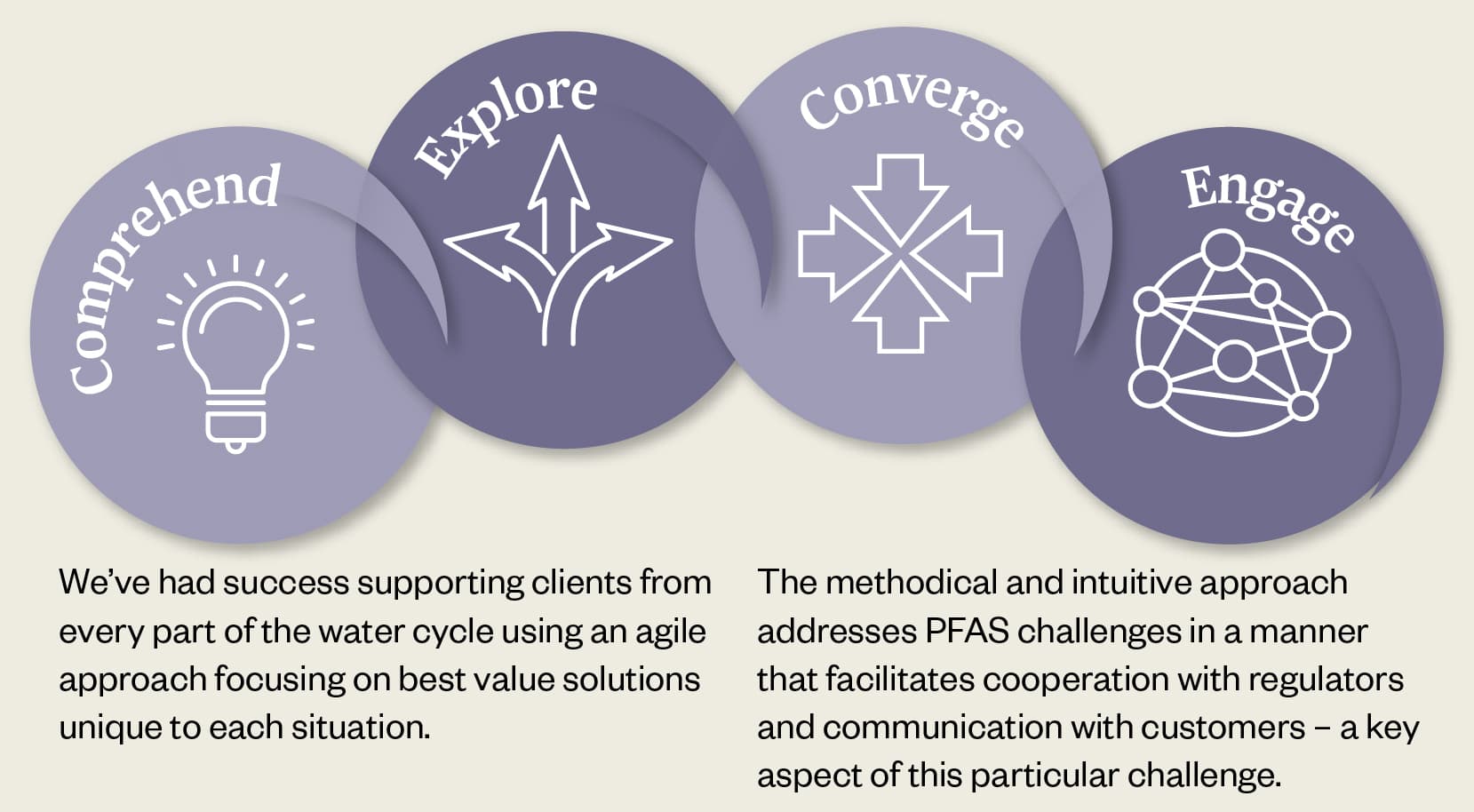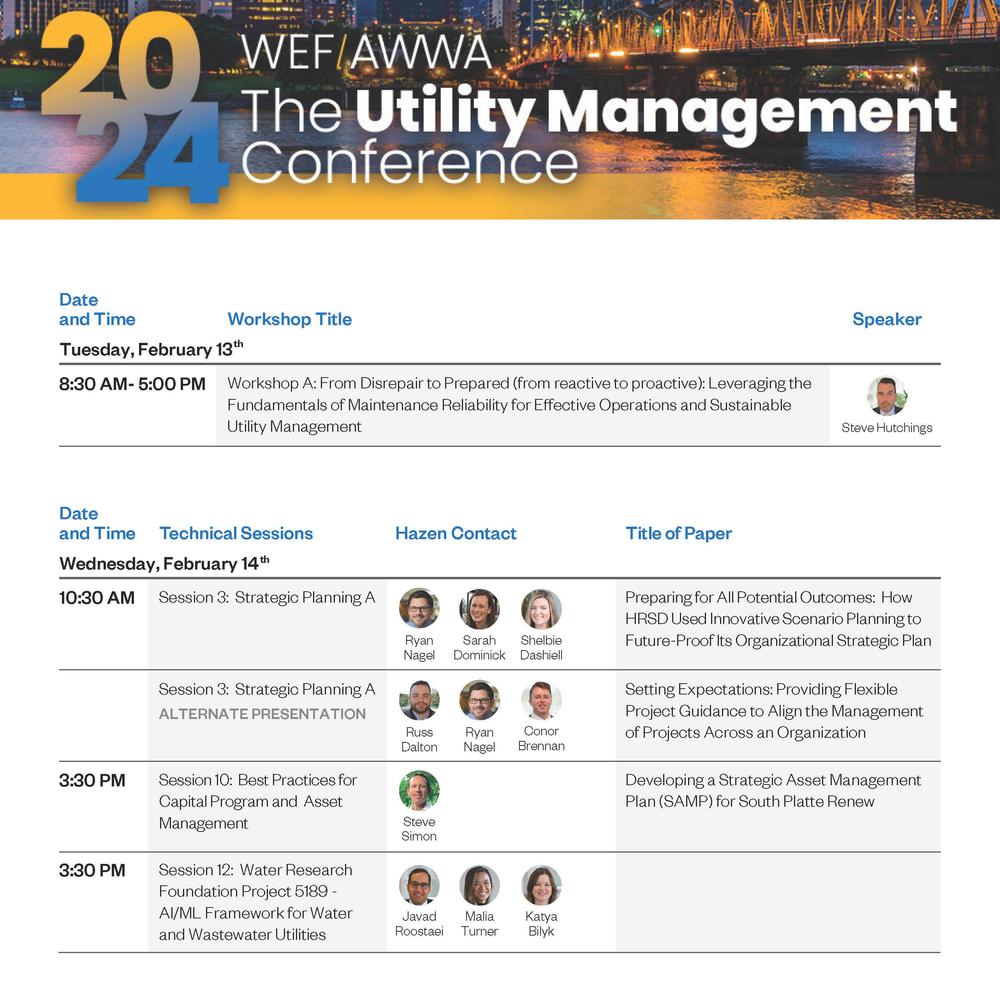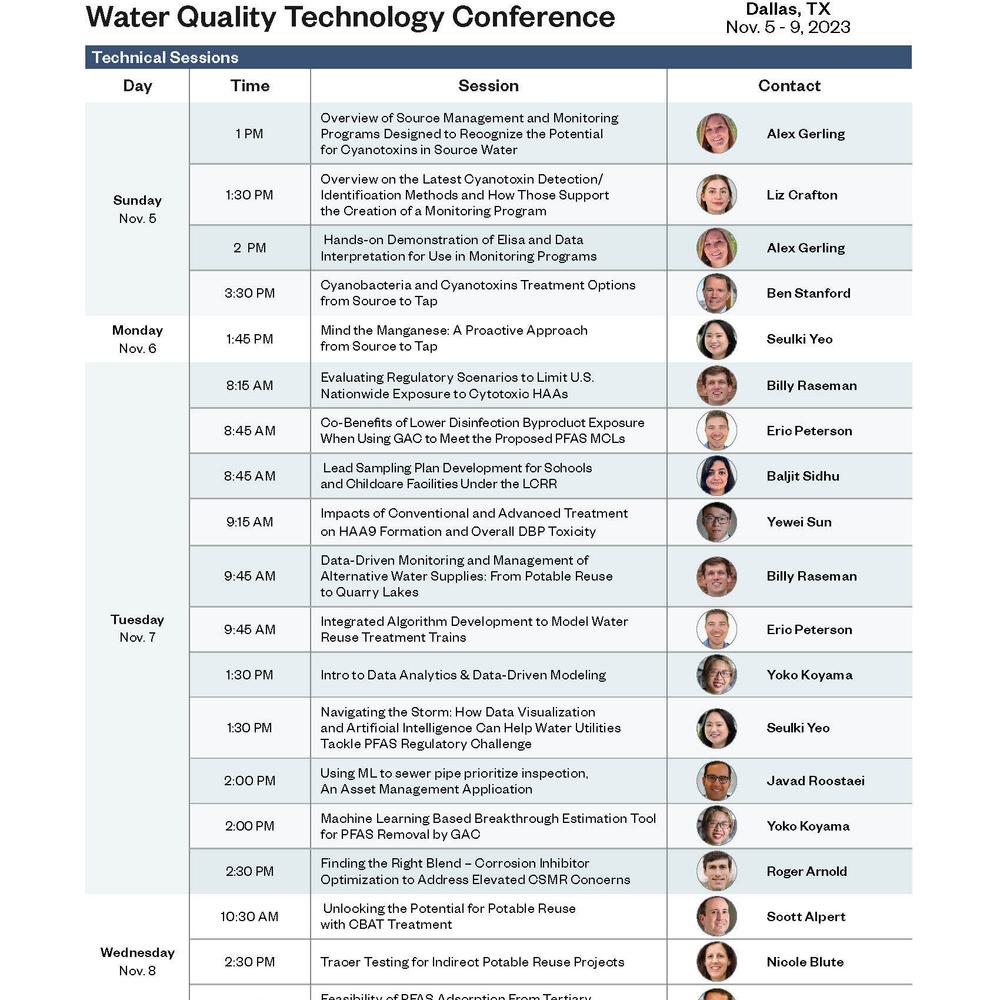Converging on Sustainable PFAS Solutions
Last Modified Feb 07, 2022

Comprehending the situation and exploring the wide range of possible outcomes should result in a collection of viable options to address PFAS within a specific context.
These options are then refined, weighted, and ranked based on feasibility, cost, and other factors specific to the utility to create short-, medium-, and long-term plans for controlling and eliminating PFAS.
Lifecycle costs, which include consideration of both capital and O&M for an extended period of time are critical when exploring options viable for a utility. There are a range of options with lower capital costs and higher operations costs (and vice versa) and the “best fit” based on water quality and treatment targets.
A key component of the short-term solutions is their flexibility, allowing them to be built into longer-term sustainable solutions.
Insight
Although water supply permits identify specific treated water quality goals (limits and compounds), consumers may demand PFAS-free water. The HazenGAC model can perform comparative cost evaluation of different treatment goals, enabling strategic planning decisions as analytical methods improve and regulatory body testing requests evolve.
CASE STUDY:
A utility in the Northeast recently experienced a significant water main break, requiring complete shutdown until repairs could be completed. To maintain necessary flow rates in the system and meet customer water demands during repairs, the utility developed a short-term plan to augment its supply with one of two groundwater wells that serve as supplemental sources to the surface water supply—wells that had previously been discovered to contain low levels of PFAS compounds.
Using strategic lab sampling and testing, the utility was able to demonstrate compliance with regulations and that PFAS levels were far below both EPA health advisory levels and stricter state MCLs. As a key part of their short-term plan, Hazen helped the utility communicate quickly and clearly to customers and the state’s environmental protection department, gaining approval for the use of the well and maintaining the trust of the customers.
CASE STUDY:
A utility in the Southwest is bracing for significant impacts to their future water supply from groundwater contamination from a firefighting foam called AFFF (aqueous film forming foam) at a nearby Air Force base, while simultaneously addressing low-level PFAS in their current water supply from other sources. With the utility’s treatment goal of “non-detect” for total PFAS, Hazen developed a series of potential solutions for the water system. This included evaluating cost and feasibility implications of GAC or IX treatment designed as “complete” treatment, located on site at the well collection and distribution system entry point versus a wellhead treatment system for between one and four of their highest PFAS wells. The utility developed a long-term plan that included implementation of a single wellhead system to start, designed to handle flow from two near-proximity wells. This solution was selected because the treatment approach reduces capital and O&M costs, provides near-term reductions in system PFAS levels to below detection, and offers an opportunity to evaluate effectiveness of the technology in anticipation of a future, system-wide application.
Related Content:
Comprehending the PFAS Challenges and Drivers










